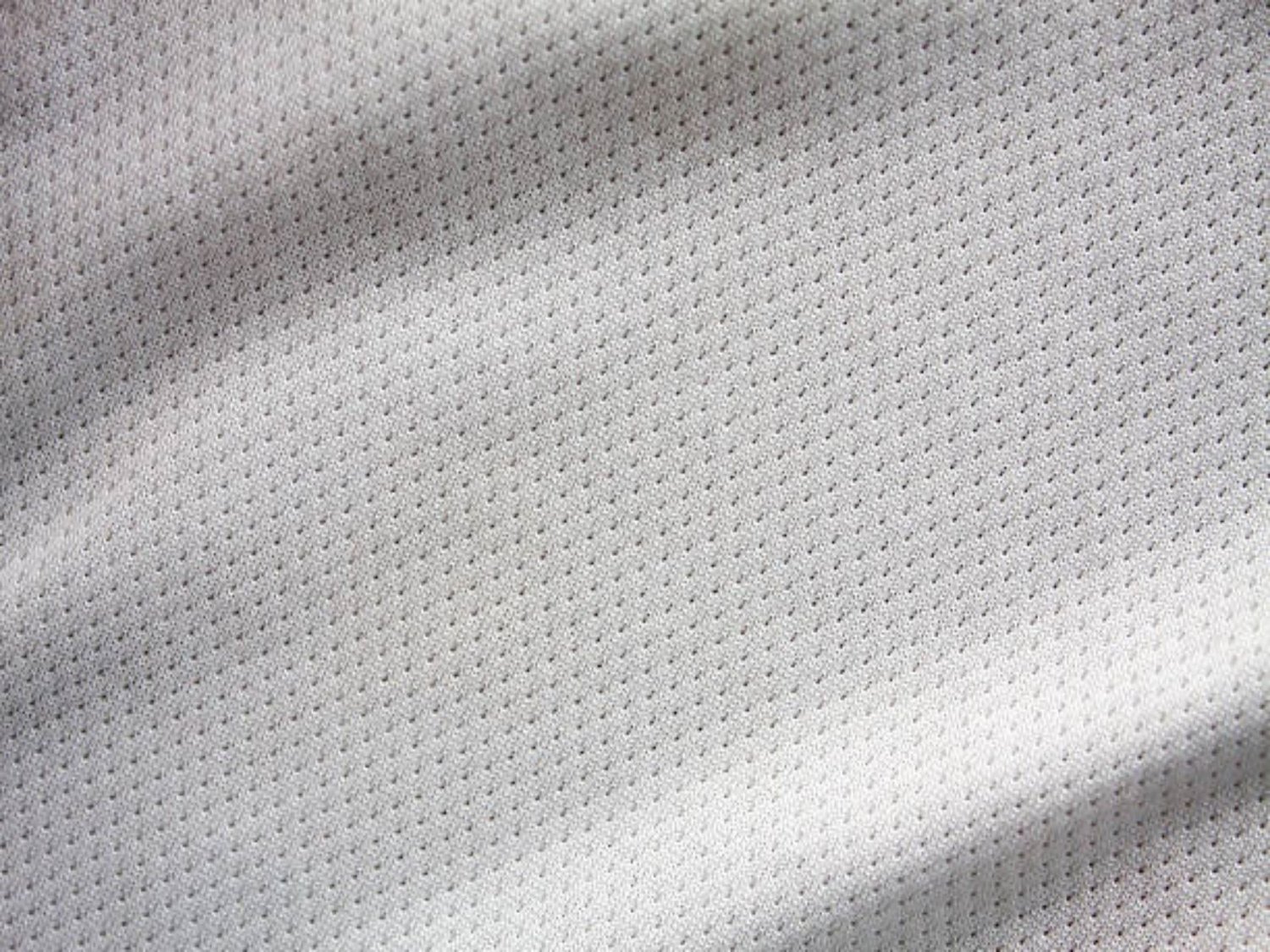Table of Contents

Introduction
Sportswear is no longer just about functionality and performance; it has become a fashion statement. With the rise of athleisure and the increasing popularity of fitness activities, sportswear fabrics have evolved to meet the demands of both athletes and fashion enthusiasts. In this article, we will delve into the world of sportswear fabric, exploring its different aspects, properties, and benefits.
1. Understanding Sportswear Fabric
Sportswear fabric refers to the materials used in the production of athletic apparel. These fabrics are designed to provide comfort, durability, and functionality during physical activities. They are typically lightweight, breathable, and moisture-wicking, allowing athletes to stay cool and dry while exerting themselves.
2. Types of Sportswear Fabric
There are various types of sportswear fabric available, each with its unique properties and uses. Some popular types include:
- 1. Polyester: Polyester is a synthetic fabric known for its durability, wrinkle resistance, and moisture-wicking properties. It is commonly used in sportswear because it dries quickly and retains its shape well.
- 2. Nylon: Nylon is another common fabric used in sportswear. It is lightweight, strong, and resistant to abrasion. Nylon also has excellent moisture-wicking capabilities, making it a popular choice for activewear.
- 3. Spandex: Spandex, also known as Lycra or elastane, is a stretchy synthetic fabric that provides flexibility and comfort. It is often blended with other fabrics to add stretch and enhance the fit of sportswear.
- 4. Cotton: While less commonly used in sportswear, cotton offers natural breathability and comfort. It is soft against the skin but may not be as moisture-wicking as synthetic fabrics.
3. Moisture-Wicking Properties
One of the key features of sportswear fabric is its moisture-wicking ability. Moisture-wicking fabrics draw moisture away from the skin, allowing it to evaporate quickly, keeping the wearer cool and dry. This is particularly beneficial during intense physical activities when sweat can build up and cause discomfort.
4. Breathability and Ventilation
Proper ventilation is crucial for sportswear to enhance comfort during exercise. Breathable sportswear fabrics allow air to circulate, preventing overheating and the accumulation of moisture. This is achieved through the use of specialized weaves or mesh panels strategically placed in areas prone to perspiration.
5. Odor Control
Sportswear fabrics are often treated with anti-microbial agents to prevent the growth of odor-causing bacteria. This helps to keep sportswear fresh and odor-free, even after multiple uses. Odor control is especially important for those engaged in high-intensity workouts or endurance activities.
6. Durability and Longevity
Sportswear fabrics need to withstand the rigors of physical activity without losing their shape or functionality. Polyester and nylon fabrics are known for their durability, making them ideal for sportswear that is subjected to frequent stretching, washing, and wear. These fabrics can resist pilling, fading, and tearing, ensuring longevity.
7. Compression Fabrics
Compression sportswear fabrics have gained popularity due to their ability to provide support and enhance performance. These fabrics apply gentle pressure to specific muscle groups, improving blood circulation and reducing muscle fatigue. Compression garments are commonly used in activewear, such as leggings and tops, for both athletic performance and recovery purposes.
8. Environmental Considerations
With the growing awareness of sustainability, sportswear brands are increasingly using eco-friendly fabrics in their production. These fabrics are typically made from recycled materials, organic fibers, or innovative technologies that minimize environmental impact. Choosing sportswear made from eco-friendly fabrics not only benefits the planet but also promotes ethical fashion practices.
9. Choosing the Right Sportswear Fabric
When selecting sportswear, it's essential to consider the activity, weather conditions, and personal preferences. For high-intensity workouts and warm climates, moisture-wicking and breathable fabrics like polyester and nylon are ideal. If comfort is a priority, consider fabrics with a higher percentage of natural fibers like cotton. Additionally, for activities requiring flexibility and range of motion, garments with spandex or elastane blends offer optimum stretch.
10. Care and Maintenance
To prolong the lifespan of sportswear fabric, proper care and maintenance are crucial. Always follow the manufacturer's instructions for washing and drying. Avoid using fabric softeners as they can reduce the fabric's moisture-wicking properties. Additionally, avoid exposing sportswear to direct sunlight for extended periods as it may cause color fading. Regularly inspect sportswear for any signs of wear or damage and replace as necessary to ensure optimal performance.
